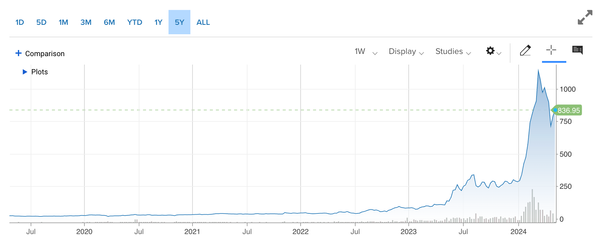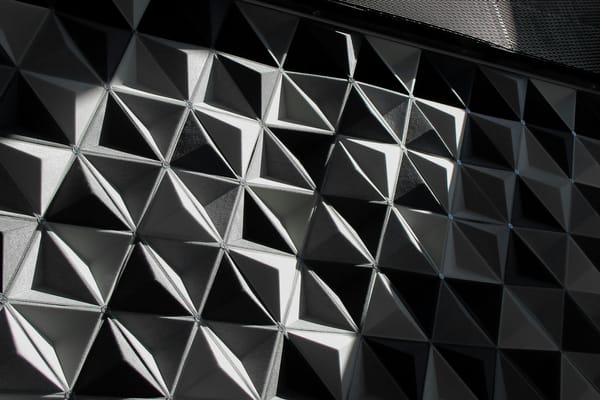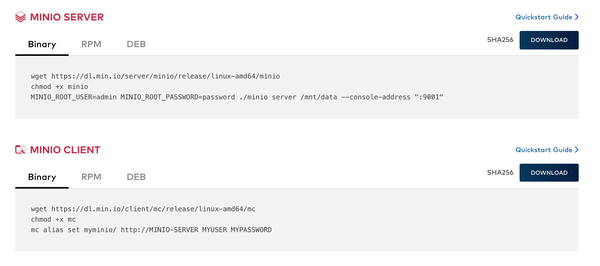Software Defined Hardware: Supermicro's Rise Explained

It is hard to believe that it was 13 years ago that Marc Andressen penned his famous blog entitled “Software is Eating the World.” In it he spoke of the disruption that modern software organizations were inflicting on traditional businesses. Thirteen years later, even in the face of stratospheric valuations for Nvidia, software continues to eat the world. The evidence
Read more




















